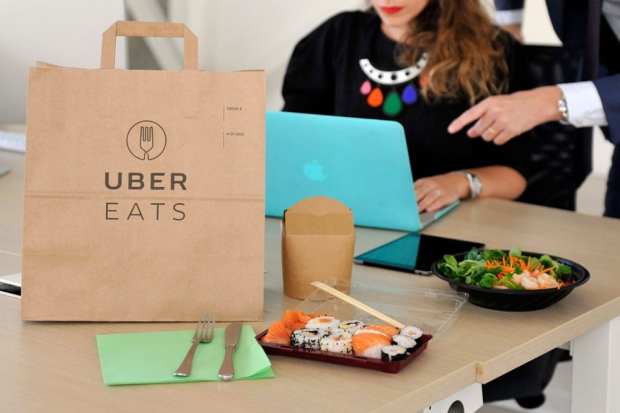Uber Eats Becomes Part Of Ride-Hailing App

Uber confirmed to a news outlet on Wednesday (June 5) that it is merging a fully functional web version of Uber Eats into its ride-hailing app.
According to the report, Uber confirmed the news after a tipster clued the publication into the move. The ridesharing company started testing the merged app at the end of April. The Uber Eats app will also remain available on its own.
For Uber, merging Uber Eats with its ride-hailing app will give it an advantage over Lyft or DoorDash, which don’t have both services. It will also enable it to stay in line with Careem, Bolt and Didi, all of which offer both ride-hailing and food delivery services.
Uber customers will be able to test out Uber Eats without having to download another app. On the flip side, 50 percent of Uber Eats customers who don’t use its ride-hailing service may try using Uber.
“We’re rolling out a new way to order Eats directly in the Uber app on Android (we’ve already been experimenting on iOS),” said an Uber spokesperson. “This cross-promotion gives riders who are new to Eats a seamless way to order a meal via a webview instead of opening up the App Store for download.”
iOS users who live in cities where Uber doesn’t offer bikes and scooters can already access the new app, while the Android version is available to 17 percent of Uber riders.
Uber’s moves come as the newly public company is dealing with a slowdown in growth. In its first earnings report since going public, Uber said revenue increased 20 percent, which is slower than the 25 percent growth it had previously enjoyed. It posted a $1 billion loss for the three months ending in March, which is narrower than the $3.1 billion loss a year ago. The company also disclosed that monthly active platform consumers came in at 93 million at the end of the latest period, up from 70 million a year ago. That’s a growth rate of just under 33 percent, slowed from the roughly 43 percent rate that had been seen from 2017 to 2018 in the first quarter.
